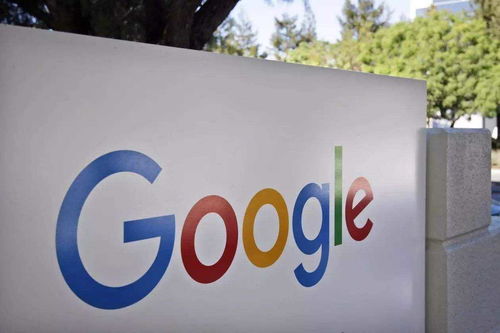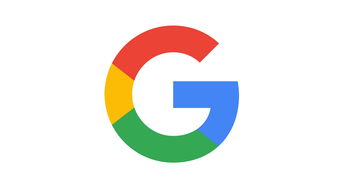Are you looking to expand your business globally? Google Ads, formerly known as Google AdWords, is a powerful tool that can help you reach a wider audience and boost your sales. In this comprehensive guide, we’ll walk you through the ins and outs of Google Ads, ensuring you have all the information you need to get started.
Understanding Google Ads

Google Ads is an online advertising platform that allows businesses to promote their products or services on Google’s search engine and other websites. By creating and managing ads, you can appear in search results, on websites, and even on YouTube videos, reaching potential customers at the right moment.
Creating Your Google Ads Account

To get started with Google Ads, you’ll need to create an account. Here’s a step-by-step guide:
- Go to the Google Ads website and click on “Start now.”
- Enter your business information, including your business name, address, and contact details.
- Select your business type and industry.
- Choose your currency and time zone.
- Agree to the terms and conditions, and click “Continue.”
Setting Up Your Campaign

Once you have your account, it’s time to create a campaign. Here’s what you need to do:
- Choose a campaign type. Google Ads offers various types, including Search, Display, Shopping, Video, App, and Smart Shopping.
- Select your target audience. You can target by location, language, and other demographics.
- Set your budget. You can choose to set a daily budget or a total budget for the campaign.
- Choose your bidding strategy. Google Ads offers several bidding strategies, such as manual CPC (cost-per-click) and automated bidding.
Creating Your Ads
Now it’s time to create your ads. Here’s what you need to include:
- Headline: Your headline should be catchy and relevant to your target audience.
- Text: Your ad text should be clear and concise, highlighting the benefits of your product or service.
- Display URL: This is the URL that will appear in your ad. Make sure it’s relevant to your ad and easy to remember.
- Final URL: This is the URL where users will be directed after clicking on your ad. Make sure it’s a landing page that’s relevant to your ad and optimized for conversions.
Optimizing Your Campaign
Once your campaign is live, it’s essential to monitor its performance and make adjustments as needed. Here are some tips for optimizing your campaign:
- Use negative keywords: Negative keywords help you exclude irrelevant traffic from your campaign.
- Split test your ads: Create multiple versions of your ad and test which one performs better.
- Adjust your budget: If certain ads are performing well, consider increasing your budget for those ads.
- Use Google Analytics: Google Analytics can provide valuable insights into your website traffic and help you optimize your campaign.
Table: Google Ads Campaign Types
| Campaign Type | Description |
|---|---|
| Search | Appear in search results when users search for relevant keywords. |
| Display | Appear on websites and apps that are part of the Google Display Network. |
| Shopping | Appear in Google Shopping results when users search for products. |
| Video | Appear on YouTube and other video platforms. |
| App | Appear in the Google Play Store and on other app platforms. |
| Smart Shopping | Automatically creates and optimizes ads for you
|



